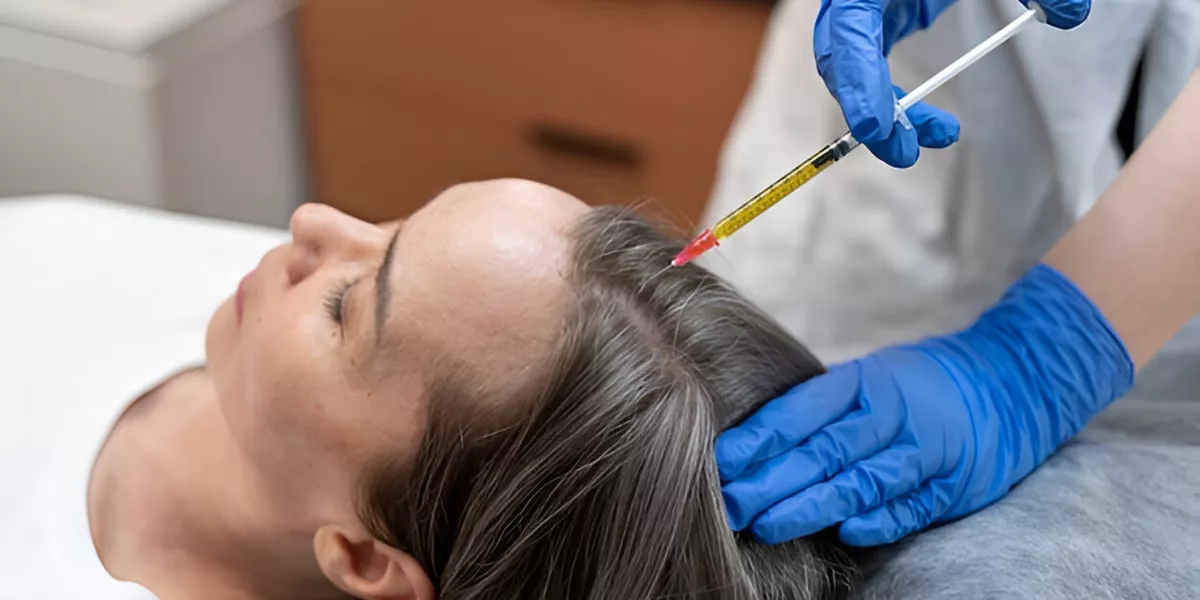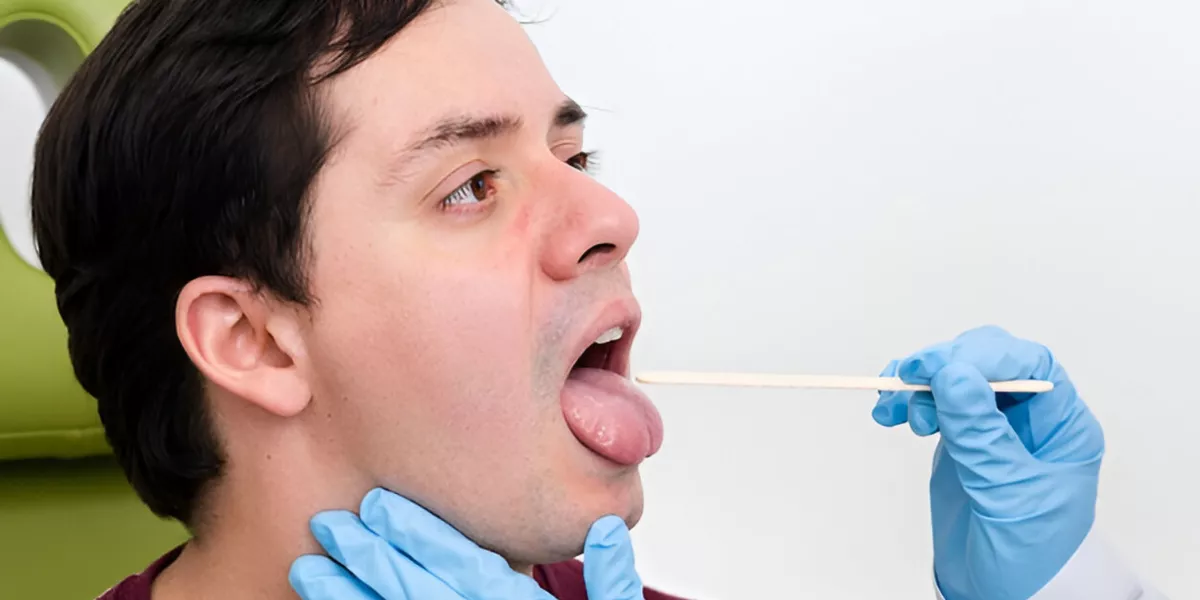Thinking about the amount of time that Suboxone remains in your body after consuming it? This form of medication is very important for individuals struggling with opioid addiction. Knowing its total duration can aid in managing its treatment in addition to avoiding results of drug tests.
Let us begin and find out how long does Suboxone stay in your system after you take it:
How Long Does Suboxone Stay in Your System After You Take It?: Understanding What Suboxone Is and Its Uses
What is Suboxone used for?
Suboxone is used to treat opioid addiction. It consists of buprenorphine along with naloxone. Buprenorphone aids in easing withdrawal symptoms, whereas naloxone prevents misuse.
Created as a methadone alternative, Suboxone is safer in comparison, with a much lower risk of abuse. In the year 2014, 1.9 million individuals in the United States suffered from an addiction disorder associated with painkillers.
The Role of Suboxone in Opioid Addiction Treatment
Suboxone aids individuals with OUD or Opioid Use Disorder. It minimizes cravings besides preventing withdrawal symptoms from exhibiting themselves. This form of medication functions as a partial opioid antagonist, which simply means that it activates the opioid receptors of the brain but not as intensely as full opioids such as heroin or morphine. Moreover, Naloxone in Suboxone reduces the risk of abuse.
This mixture makes it very safe for the treatment options of addiction to opioids. Users dissolve the medication under their tongues to obtain the best results. Besides this, it also effectively blocks other opiates’ effects, aiding in preventing relapse as well as overdose. However, it is important to note that Suboxone addiction is another side of the coin, wherein individuals get addicted to Suboxone.
Suboxone Pharmacokinetics
Suboxone has a very special half-life, meaning that it takes a specific period of time for half of it to leave the human body. The way in which the body absorbs as well as breaks down Suboxone also has an effect on how long it will remain in your system.
Suboxone Half-Life
Suboxone consists of two primary parts, namely buprenorphine and naloxone. Buprenorphine’s half-life ranges between 24 and 42 hours. In simpler words, it takes this much time for half of it to leave the system. On the other hand, Naloxone features a comparatively shorter half-life, around 2 to 12 hours.
Drugs generally take around four to five half-lives in order to get completely cleared from the body. For Suboxone, it may take numerous days for total elimination. In moderate liver disease cases, buprenorphine’s half-life goes up by around 35%. In serious cases of liver disease, the number goes up by approximately 57%.
Absorption & Metabolism
Suboxone’s half-life has an effect on how the body absorbs as well as processes it. Buprenorphine, a vital ingredient, transforms into norbuprenorphine in the human body. Naloxone, another important component, breaks down in the liver.
The medication as a whole remains active even if the individual swallows it. Buprenorphone primarily leaves the system through feces (69%), and some of it goes through urine (30%). Naloxone gets excreted out mostly through urine.
Factors That Influence How Long Suboxone Stays in Your System
Individual Metabolism Differences
Metabolism speed has an impact on how long Suboxone stays in the system. Age, as well as body consumption also play a major role. Older individuals might metabolize Suboxone or hold on to the medication in a slower manner as compared to younger people. A heavier individual may hold onto Suboxone a little longer because of extra fat tissues.
Besides all the aforementioned factors, genetics also make a significant difference. Certain individuals naturally break down substances at a faster or slower pace. If a person’s liver or kidneys do not function properly, Suboxone could remain within the body for an increased amount of time.
Frequency & Dosage of Suboxone Use
High dosage of Suboxone remains within the body for a longer period of time. If you take Suboxone in large doses, it enhances the detectability window. For instance, a higher dose of Suboxone might last for many days as opposed to a smaller one that clears much more quickly.
Daily usage also has an impact on the amount of time Suboxone remains in the system. Frequent doses pave the path towards accumulation. This makes the medication easily detectable for an increased period of time after stopping.
Interaction With Different Substances
Other medications might alter how Suboxone breaks down in the body. For example, drugs such as hydrocodone or oxycodone can compel the liver to process Suboxone in a faster or slower manner. This has an impact on the amount of time the medication remains within the system.
Combining Suboxone with different substances like alcohol, over-the-counter medications, etc., may have an impact on its detectability when it comes to drug tests. Drug interactions can also alter the elimination time of Suboxone in addition to influencing test results.
The Impact of Liver & Kidney Function
Both liver as well as kidney functions have an effect on the amount of time Suboxone remains in the system. If you suffer from severe liver disease. Suboxone may remain detectable for around 188 (7 days) to 330 (14 days). With moderate liver disease, the detectability time generally ranges between 160 hours (6 days) to 284 hours (12 days). Healthy liver function aids in getting rid of the drug faster.
Kidney health also plays a very major role when it comes to Suboxone metabolism. Poor kidney function might slow down the process. This can make Suboxone remain in your body for a longer period of time. Proper functioning of the kidney as well as the liver is important for the timely elimination of Suboxone.
Detection of Suboxone in Different Tests
Urine Tests
One of the best ways in which the effects of Suboxone, or rather its presence can be detected is a urine test. Urine tests can effectively detect Suboxone for up to 2 weeks or 14 days post its usage. Buprenorphone, which is an integral part of Suboxone, is detected in urine for up to a week. Norbuprenorphine, Buprenorphine’s metabolite, might be detectable from 1 day to 2 weeks.
Specific factors influence these periods. Higher dosages along with frequent usage leads to longer detection periods. Differences in individual metabolism also play a major role. Medical professionals often take the help of urine screening in order to monitor the progress of patients during substance abuse treatment programs.
Blood Tests
Blood tests can effectively detect the medication approximately two hours after the dose. Buprenorphine remains in the blood for around 26 to 42 hours. The liver then metabolizes it and turns it into norbuprenorphine, which can be found in samples of blood for up to 150 hours post Suboxone consumption. Blood tests are not very commonly used, but they do give quick and accurate results on substance use.
Saliva Tests
Saliva tests can easily detect the presence of Suboxone for approximately 5 days post usage. These kinds of tests reflect recent Suboxone usage, thereby making them very useful in specific cases. They are much less common as compared to urine or hair-based tests, but still cater to a purpose.
Doctors and medical professionals usually prefer other forms of testing tactics. Saliva tests work very well primarily because they are very easy to administer. They also offer quick results, which is very helpful in numerous settings.
Hair Tests
Hair tests can detect the presence of Suboxone or its use over the past 3 months or 90 days. This particular method showcases long-term drug abuse patterns in addition to reflecting constant Suboxone usage. Testing hair follicle strands also provides a wide detectability window as compared to other forms of testing such as blood or urine tests. This makes it very useful for determining and understanding chronic use.
This form of test extracts minute amounts of hair from near the scalp. It reveals important information related to drug use embedded in the hair’s growth cycle. As opposed to other forms of test, it is very difficult to cheat on this form of test, primarily because external factors such as shampoo or other hair products have a very minute impact on the results.
Suboxone’s Duration in the Body
How Long Does Suboxone Remain in the Urine?
As mentioned earlier, urine tests can detect the presence of the medication for up to 14 days or 2 weeks. Buprenorphine, a major component of Suboxone, remains in the urine for up to 7 days. Norbuprenorphone is detectable for up to 14 days.
Factors such as dosage or frequency affect the amount of time the medication remains in the system. Higher doses result in longer detection times. Consuming other substances with Suboxone may also have an impact on the duration.
How Long Does Suboxone Remain in the Blood?
Suboxone can remain in the bloodstream for up to 86 hours. Since it contains buprenorphine which features a half-life of around 26 to 42 hours, which means that it takes half of the drug that long for leaving the bloodstream.
Norbuprenorphine, which is a breakdown product of Suboxone, stays in the bloodstream for even longer. The half-life of Norbuprenorphine is around 15 to 150 hours. The body’s liver as well as kidney functions also determine how fast the substance gets cleared.
How Long Does Suboxone Remain in the Hair?
Suboxone can remain present in the hair for up to 90 days. As mentioned earlier, hair rests reflect long-term Suboxone use. These tests, using which Suboxone can be detected, can also showcase opioid use patterns over time. Hair grows approximately half an inch per month, and hence a single strand’s length can reveal the amount of time for which an individual has used the drug.
Hair testing offers details that most other methods don’t. It is very useful for tracking constant or irregular use, as opposed to blood or urine tests which are only able to detect recent intake.
How Long Does Suboxone Remain in Saliva?
Suboxone can be found in an individual’s saliva for up to 5 days post usage. This particular test is not very common as opposed to more effective tests such as urine or hair tests, but it is still used in certain cases.
It reflects recent use of Suboxone and aids in monitoring compliance with treatment plans. Factors such as metabolism, doses, as well as liver health have an effect on the amount of time it remains in saliva. Hence, time might vary from one individual to another.
Conclusion
Knowing the amount of time Suboxone remains in the system aids in planning treatments. Factors such as metabolism, liver health, etc. affect it. Urine tests can detect the presence of the drug for up to 14 days. Hair tests might show Suboxone’s traces for up to 90 days or three months.
If you are experiencing any issues related to Suboxone use, consider going to a reputed Suboxone clinic and getting consultation from an experienced medical professional.



